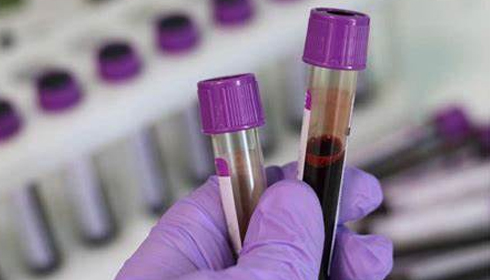
Brazilian Scientists Discover a Blood blood test that Can Predict Risk of Sleep Disorder
In what can bring about a paradigm shift in taking preemptive steps to handle sleep disorders, Brazilian researchers from the Sleep Institute and the Federal University of São Paulo (UNIFESP) have found that a simple blood test can help predict the risk of obstructive sleep apnea (OSA). In this disorder, breathing repeatedly stops and starts during sleep due to relaxed throat muscles.
The key to this prediction is to measure the levels of homocysteine, an amino acid, in the blood. The European Archives of Oto-Rhino-Laryngology published the study that links high levels of homocysteine to a higher risk of developing severe sleep apnea.
Professor Monica Levy Andersen from UNIFESP, the study's lead author, explains, "We don't yet know whether apnea causes a rise in blood levels of homocysteine or whether the rise in levels of this amino acid causes severe apnea." Our hypothesis is that it’s a two-way correlation.” She suggests that more doctors should include homocysteine tests in routine checkups for people over 40, as it’s a simple and affordable test.
Homocysteine levels can increase due to a lack of B-complex vitamins (B6, B9, and B12). Vanessa Cavalcante-Silva, a postdoctoral researcher at UNIFESP and the study's first author, notes that eating foods rich in these vitamins or taking supplements can help control homocysteine levels.
The researchers analysed data from the Epidemiological Study of Sleep (Episono), which has been running for over 15 years. This study looks at sleep quality and how sleep disorders affect the health of São Paulo residents.
In 2007, the team measured 854 volunteers' apnea-hypopnea index (AHI) to determine the severity of their sleep apnea. The AHI counts how many times breathing slows or stops per hour of sleep. The results showed that 54.4% of participants had no apnea, 24.4% had mild apnea, 12.4% had moderate apnea, and 8.8% had severe apnea.
They also measured homocysteine levels in the volunteers. Normal levels were up to 10 micromoles per litre (µmol/l), moderate levels were 10-15 µmol/l, and high levels were over 15 µmol/l. “When we cross-tabulated the data, we saw that subjects with high levels of homocysteine also had a higher AHI. Those with more than 15 µmol/l had an AHI that was 7.43 higher on average than those with less than 10 µmol/l,” says Cavalcante-Silva.
In the second stage of the study, the researchers re-analysed data from 561 of the original volunteers in 2015. The researchers discovered a correlation between higher homocysteine levels in 2007 and an increased risk of developing sleep apnea by 2015. “A rise of 1 µmol/l in the 2007 level of homocysteine represented a rise of 0.98% in the risk of a diagnosis of apnea in 2015,” Cavalcante-Silva explains.
Andersen emphasises the practical value of this finding, saying, “We presented a novel factor that is easy to measure and has clinical and practical applicability.” She suggests that future studies could assess participants annually for more comprehensive data.